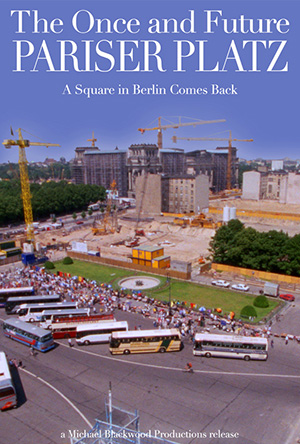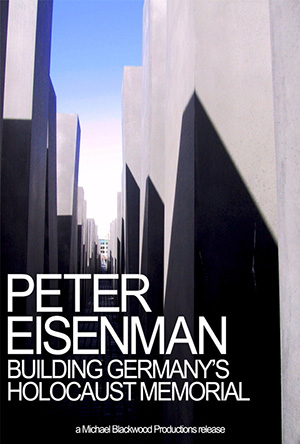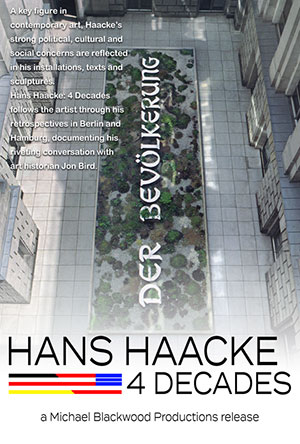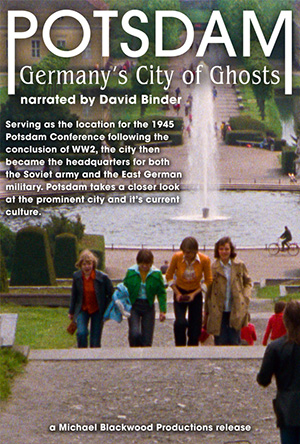The Berlin Collection
The Once and Future Pariser Platz: A Square in Berlin Comes Back
Since the fall of the wall Berlin has been trying to come back as the metropolis it once was. An important part of this was the re-building of the center of the city, where the wall once stood. Within a few years this center was rebuilt, accompanied by an extensive public debate about the quality of the new architecture and the merits of the city planning for the area. To retrieve the ambiance of the metropolitan Berlin of the past would not be possible, but there is evidence that a new Berlin has emerged, with many worthwhile qualities that are unique to the city.
Peter Eisenman: Building Germany’s Holocaust Memorial
This documentation chronicles Peter Eisenman’s creation of a major public sculpture in the center of Berlin, a soccer-field sized space filled with 2711 concrete stele. The stele are of varying heights, tipping to the left and right on a shifting, undulating ground, reminiscent of a wheat field tossed by strong winds. Access to the field is through a grid of narrow walkways barely 3 feet wide, just enough for one person to pass through. In the beginning sculptor Richard Serra was Eisenman’s design partner, but he left the project when it became clear that many compromises would have to be made on the way to the realization.
Hans Haacke: 4 Decades
Hans Haacke is a key figure in contemporary art whose work intersects with conceptual, pop, minimal and land art. The artist is particularly known for his research into the hidden economies and politics of the art world and the repressed histories of places and peoples. Haacke’s strong political, cultural and social concerns are reflected in his installations, texts and sculptures. His works have often caused considerable controversies. Haacke visits his retrospectives taking place simultaneously in Berlin and Hamburg with art historian Jon Bird. The work in these long awaited, non-chronologically arranged exhibitions reveals Haacke’s strong convictions and desire for justice for all. “All art is political” is his credo.
Potsdam: Germany’s City of Ghosts
This film was made in 1979 when Potsdam was a part of East Germany, just across the wall from West-Berlin. Narrated by David Binder, who spent 15 years as a New York Times correspondent in both East and West Germany, the film gives us the opportunity to have a first-hand view of life in an East German town that played an important role in Germany’s history. Potsdam was the residence of the Prussian kings and later the German emperors. Its Garrison Church was the location of Hindenburg’s transfer of the power of state to Hitler in 1933. The victorious Allies met in Potsdam in 1945 for the Potsdam Conference after the conclusion of World War II. During the decades that followed, Potsdam served as headquarters for the Soviet army, as well as the East German military.




